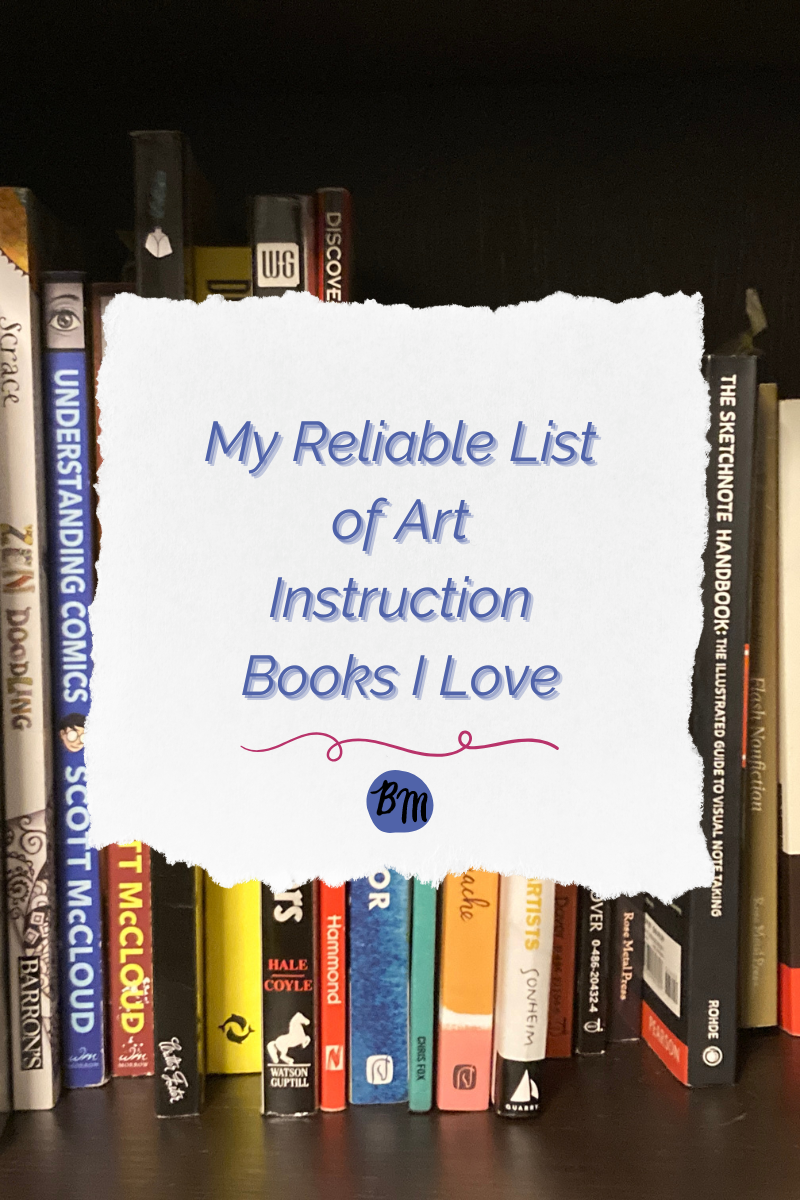

A short list of the books in my library I use for art, writing and illustration.
As of writing this, I’m taking a break from the digital space by taking a 40-Day Social Media fast. While I’m on the internet for specific reasons only now, I’ve decided to step away from YouTube to read more of my books.
The truth is, the internet is information overloaded. It’s overkill. That’s why I don’t believe we can ever replace physical books with E-books or the internet.
I'm going to share the books I use for sketching, studying, and painting. This is my collection and is not a comprehensive list of the best sources out there. If you want to avoid trying to find what sources are best, this list can help you.
Foundations
Draw Real People

The Draw Real People! Book by Lee Hammond shows you step-by-step how to do portrait drawings. It is easy to delve into and a good starting point for foundational drawing.
I enjoy it because it is an easy way to start learning how to draw in realism, even if you don't intend to be a realism artist. It shows examples of transformation work that I love to see because it shows amazing growth. She has other books in her series, but for me, this is the most helpful one and the one I reference the most.
Fashion Sketchbook

Given to me by my mom years ago, I currently have the Second Edition, but there is now a 8th edition available. Created by Bina Abling, this book shows how to draw the fashion figure and the details of clothing.
You don’t need to be into fashion to get the most out of this book. We all need clothes to wear, so rendering believable clothing is a must. Something I struggled with was folds and wrinkles in clothing. This book tackles those issues and then some.
Anatomy Lessons From The Great Masters

This details in great length how to capture the human body. This includes major muscles, skeleton, and other parts of anatomy. The examples are from masters such as Michelangelo, Jacopo Pontormo, and many others.
I wouldn't start with this book if you're a beginner. But if you are more intermediate or advanced, this is definitely a great book to work from.
Painting and Mixed Media
Everyday Watercolor

I love Everyday Watercolor! It breaks down watercolor painting in a 30-day process. By the end of the month, you have a piece of artwork. It has a beautiful collection of simple and refreshing paintings to experiment with. I find myself not only doing what's in the book but testing the steps out in my own personal work.
Get Started with Gouache

Another great painting guide, though I haven't finished this one completely. It breaks down the materials and techniques to use to paint in this opaque, watercolor medium. It also shares color theory and how to mix your paints, etc.
Drawing Lab

Don’t know what medium you like? This is the book for you. From scribble drawings and clay creations to game and machine drawings. It's a fun and interesting book for indecisive creators like me. You can also use it to take a break and have fun experimenting.
Storytelling and Lettering
Scott McLeod’s Comic Series


I own two of the three of Scott McLeod's comics series, and I have found immense value in both. The Understanding Comics book explains the history and meaning behind comics. The Making Comics book teaches the elements of each part of comics and how to make one. This is a versatile way of storytelling, and the way he breaks down each step and its importance is special. It's a comic in itself.
Creative Lettering And Beyond

This is a calligraphy book, but it does touch on some other lettering styles. I love it because I've always enjoyed calligraphy and the beauty of it. I find it helpful if you ever intend to do anything like greeting cards or mass-market products.
DesigningFonts

This is a book that I decided to get because I want to strengthen my graphic design skills. More timely, I’m making my own font for my upcoming stories. I would rather not use premade fonts for stories that I've worked so hard on from scratch. It is very detailed and gives you step-by-step instructions on what font making is. It also shows the types of fonts that you can do and how to code them.
Other Lists
This is my incomplete list of books I own and use for reference. What if you need more specific lists to browse through? Here are a handful of lists I've found that I want to add to my shelves:
- 20 Best Drawing Books that Should be in your Library
- Best Drawing Books for Beginners
- The 9 Best Watercolor Painting Books
You may notice some overlap in these lists. That means you should consider getting that book. Many endorsements are a good sign that it's worth it.
So what books do you keep for reference on your shelves? If I am missing out on something, please let me know in the comments.



